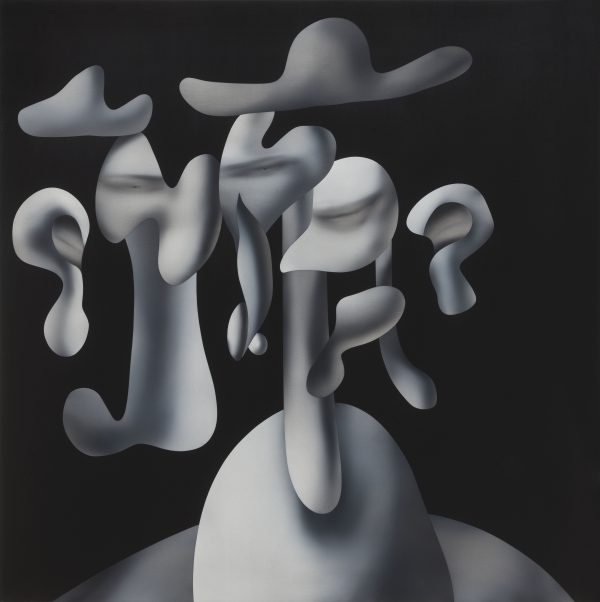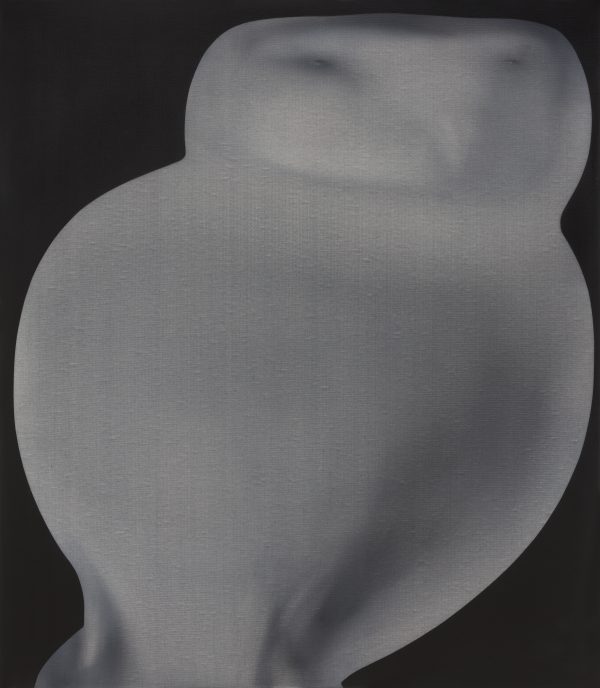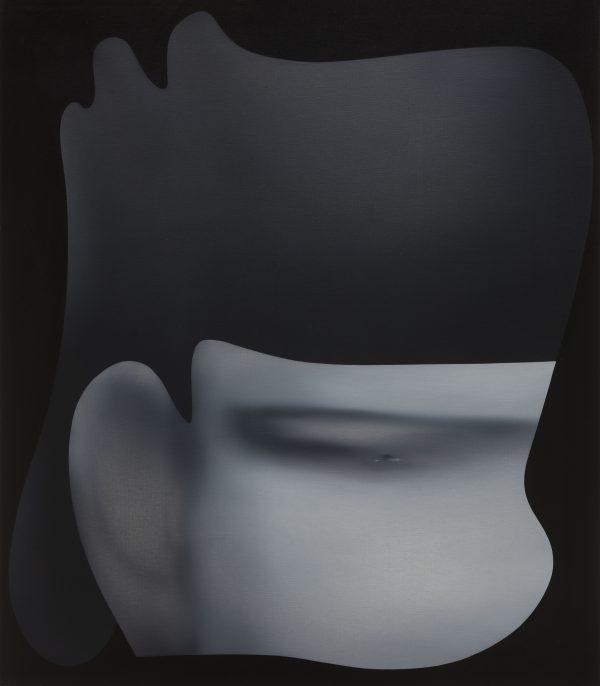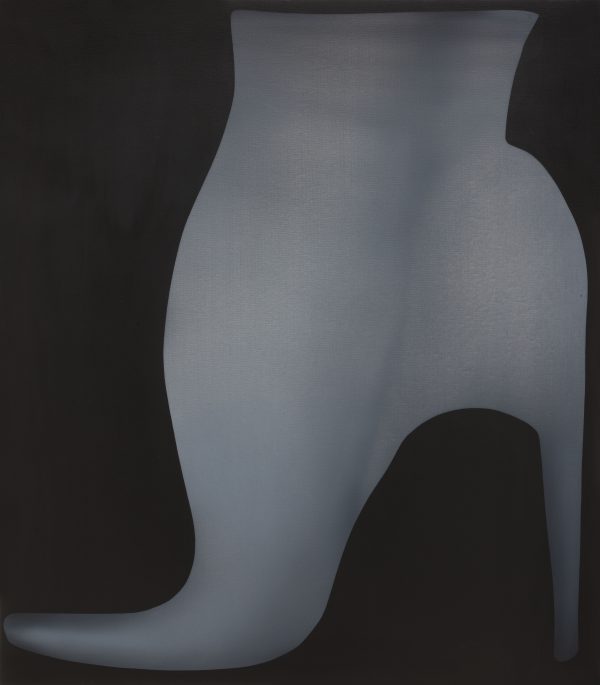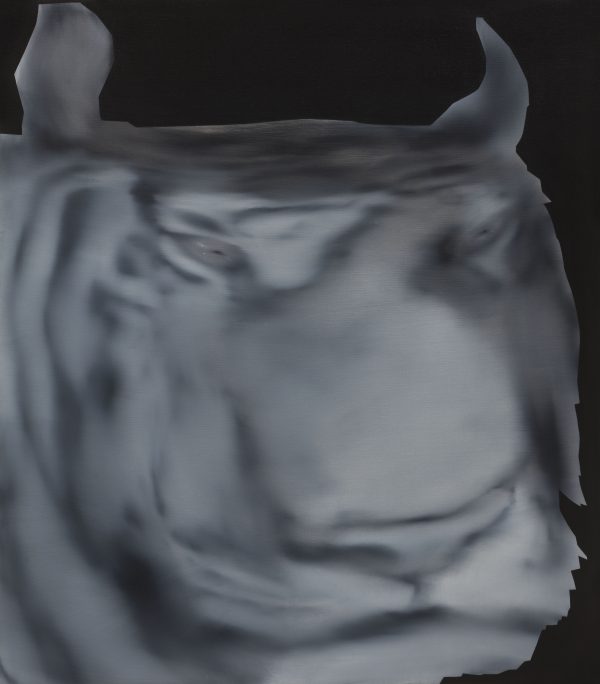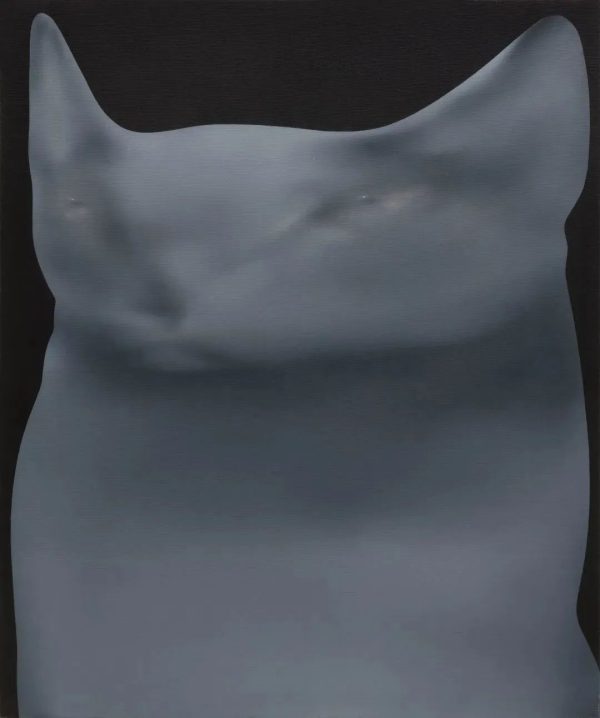
Reflections in the Water
Curator| Yang Jian
Artist| Du Jingze
Spatial Designer|Liang Chen
Duration|2022.11.08 – 12.04
Opening|2022.11.08 14:00
Visit|Tue to Sun 11:00 – 18:00
Address|Room 314, No. 7, Lane 314, Tongren Road,
Jing’an District, Shanghai
Acknowledgement|The artist and Hive Center For Contemporary Art
Sifang Art Museum is pleased to present Reflections of the Water, a solo exhibition of Du Jingze (b. 1995, Yantai, Shandong, now lives and works in Dublin, Ireland), opening on November 3rd at its Tongren Road Space. This is also Du’s first solo exhibition in Shanghai. One of the most prominent emerging artists of Chinese descent, Du Jingze graduated from the National College of Art and Design, Ireland, in 2017 with a BFA and Royal College of Art in London, UK, in 2019 with a MA. Emanated from the artist’s creative philosophy and visual structure, integrated with the distinct spatial nature and geo-environment of Sifang’s satellite space on Tongren Road, this project has Yang Jian as the curator and Liang Chen as the interior space designer to introduce a spatially experimental and conceptually extensive solo presentation.
 Du Jingze
Du Jingze
Janus,2022
Oil on canvas
150 x 150 cm
The title of this exhibition, Reflections in the Water, is borrowed from the artist’s favourite music while painting. “Reflections in the Water” is abstract and dynamic. The composer, Debussy, created an ‘impressionist’ composition with a temperament opposite of the elaborate, ornate and dramatic Romantic music. Yet the more profound strength and exhilaration came from the confrontation and reflection of the composer with the aristocracy he was born into through his work, behind which lies the struggle to break free from the constraints of his heritage and to express with freedom. Again, judging from the facile reasoning of representational painting and the source of digital images, it is to consider Du Jingze, born in 1995, as a mediator or member of the global collective painting phenomenon of layer painting. We reject this crude simplification. Instead of graphic materialisation, his paintings can be regarded as an examination, interrogation, witty escape and speculation into the logic of representational painting.
 Du Jingze
Du Jingze
Coral, 2022
Oil on canvas
150 x 150 cm
This exhibition features Du Jingze’s most recent portraits, which contain a distinctive concept of space. Du relied on drafting software and tools for his initial sketches, but this was all in preparation for his ambitious attempt to incorporate the traditional textures of painting into his sketches, to observe, to see, to hear, and even to transiently reach to take advantage of the layers as they superimpose in the painting. With this swiftness of working on the underlying sketches, the artist ventures boldly and curiously into the various figuration methods that border between painting and image, such as his portrait series of celebrities, where he emphasizes the provocative and figurative nature of brushstrokes and traces of painting on the emotional connection of the figures over the exaggerated distortion in the software logic. From here, Du provocatively introduces more art historical elements, such as cubism, modernism, deconstructionism and a series of classic painting techniques and hints for viewing. During this process, the artist’s adoption of the software is as present as his references to art history. For him, the handling of image and canvas is, after all, the framework; the candid and physiological engagement of the brush with the canvas is the flesh: he enters the image only to discover painting.
Du Jingze
Feline, 2022
Oil on canvas
60 x 50 cm
Evidently, Du Jingze considers the portrait an important subject in his notion of personal practice based on his classical approach to painting narrative and experience. Confronted with such an objective with accumulation, perhaps the desire to create a new individual understanding of a face requires resistance to the established and common sense perceptions of history as each object is perceived as potentially creating an infinite space. Both within and beyond the work, the artist explores the possibility of a relationship with the notion of space, a notion which prompts the psychological latitude for an experience beyond the internal, physical existence in the future. The artist is grappling with what is perhaps the very definition of the boundaries of form, a certain restriction that dismisses form and shape. Very often, he can only depart from a series of results, retrospectively constructing it as an escape from the established figuration methods and understandings of features; from the emotional nuances and cultural gaps, Du is preventing the tendency towards particular representational normality in all extents of the painting. This explains the homogeneous blacks, vacant whites and sharp lines in Du Jingze’s work all function in a reverse reason of painting to construct a different visual and mental space. Some challenges are also posed to viewing: “from the unchanging perspective of things, all things are eternal to us”. Sometimes misinterpretation is precisely what we need as we continue as we are constantly trained to shift our perspective, to break through the confines of the here and now.
About Artist

杜京泽 Du Jingze
Born in 1995 in Yantai, Shandong, China. After graduating and receiving his BFA at Ireland Studio Programme residency (2020), NUI Art and Design Award (2017), NCAD Staff Prize, etc..
In this age of conflicts, Du Jingze embraces subjects that intrigue him in an extremely private and liberal manner. Classic and pop, collaged figures are treated equally, which hints at the artist’s disobedience to cultural identity and assumptions assigned by society and the outside world. Instead, the artist chose to include more elements of autonomous decisions, editing, and selections derived from his mentality of an independent citizen ofthe new world.
About Curator

杨鉴 Yang Jian
As a curator, Yang Jian studies and writes about art history and the mechanism of the art industry with a research and curatorial focus on Asian artists worldwide from a local perspective. Dedicated to presenting extensible cases of artists that reflect the times by means of visualization and in a social dimension to maximize their functions as artists, Yang attempts to draw a map of art that can highlight the contemporary times in history with different personal histories which have developed on different layers of art yet in similar contexts of time and space.
About Spatial Designer
 梁琛. Liang Chen
梁琛. Liang Chen
Liang Chen was born in Dandong, Liaoning, China, in 1987. He graduated with a degree of Bachelor of Architecture from Jilin Jianzhu University. From 2011 to 2015, as a former associate and senior project architect at Vector Architects, Liang completed projects including Aranya Seashore Library. In 2017, Liang established his independent architecture and art studio Aleph-Liangchen (www.aleph-liangchen.com). His representative architecture projects include Singer House, Erguna, China. His solo exhibitions include 1976/2020, DRC No.12, Beijing (2020); Liang Chen: Aleph, Luxelakes A4 Art Museum, Chengdu (2019). As a curator, his curatorial practices include From Antung to Dandong, Wind H Art Center, Beijing (2022); Space Discipline, OCAT Shanghai, Shanghai (2020).
Liang focuses on the flow and temporal accumulation of a definite collection (a specific concept, object, space, etc.) over a long period, multiple periods, and large scale in his dual practice of architecture and art. Since 2013, he began to observe his hometown Dandong, Liaoning, in the aforementioned way, which anchored the departure point and source for his work. Built on his research and project experience in Erguna, Dandong and Xinjiang, Liang initiated interdisciplinary research “Border Project” in art, architecture, and anthropology, which focuses on geographical borders, namely the forefront of knowledge production and exchange, to further explore the broader borders of culture, history, language, and social milieu.


